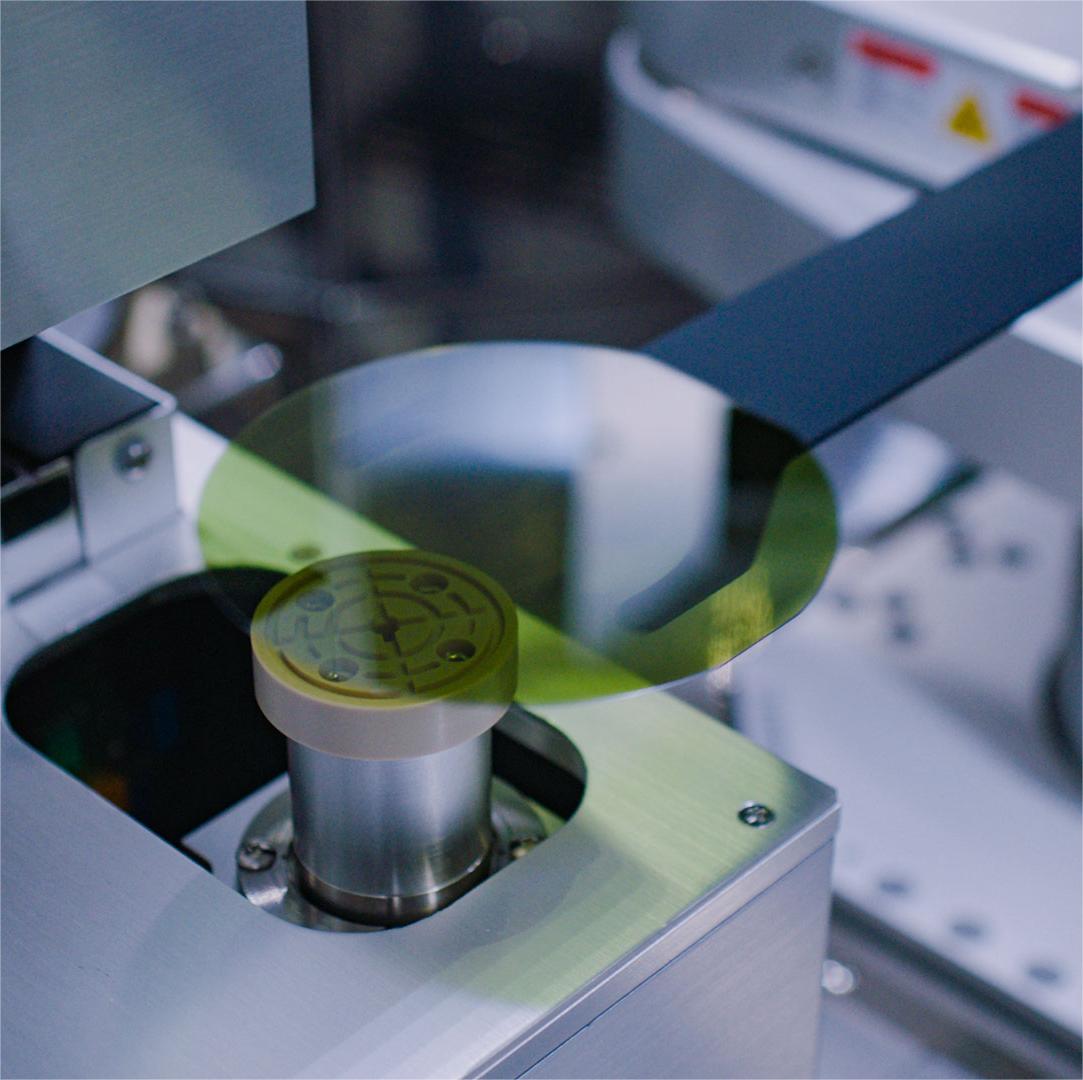
- English
- Español
- Português
- русский
- Français
- 日本語
- Deutsch
- tiếng Việt
- Italiano
- Nederlands
- ภาษาไทย
- Polski
- 한국어
- Svenska
- magyar
- Malay
- বাংলা ভাষার
- Dansk
- Suomi
- हिन्दी
- Pilipino
- Türkçe
- Gaeilge
- العربية
- Indonesia
- Norsk
- تمل
- český
- ελληνικά
- український
- Javanese
- فارسی
- தமிழ்
- తెలుగు
- नेपाली
- Burmese
- български
- ລາວ
- Latine
- Қазақша
- Euskal
- Azərbaycan
- Slovenský jazyk
- Македонски
- Lietuvos
- Eesti Keel
- Română
- Slovenski
- मराठी
- Srpski језик
Dislocation in SiC crystals
2023-08-21
SiC substrate can have microscopic defects, such as Threading Screw Dislocation (TSD), Threading Edge Dislocation (TED), Base Plane Dislocation (BPD), and others. These defects are caused by deviations in the arrangement of atoms at the atomic level.
SiC crystals typically grow in a way that extends parallel to the c-axis or at a small angle with it, which means that the c-plane is also known as the base plane. There are two main types of dislocations in the crystal. When the dislocation line is perpendicular to the base plane, the crystal inherits dislocations from the seed crystal into the epitaxial grown crystal. These dislocations are known as penetrating dislocations and can be categorized into threading edge dislocations(TED) and threading screw dislocations(TSD) based on the orientation of the Bernoulli vector to the dislocation line. Dislocations, where both the dislocation lines and the Brönsted vectors are in the base plane, are called base plane dislocations(BPD). SiC crystals can also have composite dislocations, which are a combination of the above dislocations.

1. TED&TSD
Both threaded dislocations (TSDs) and threaded edge dislocations (TEDs) run along the [0001] growth axis with different Burgers vectors of <0001> and 1/3<11-20>, respectively.
Both TSDs and TEDs can extend from the substrate to the wafer surface and produce small pit-like surface features. Typically, the density of TEDs is about 8,000-10,000 1/cm2, which is almost 10 times that of TSDs.
During the SiC epitaxial growth process, TSD extends from the substrate to the epitaxial layer of the extended TSD may transform into other defects on the substrate plane and propagate along the growth axis.
It has been shown that during SiC epitaxial growth, TSD is transformed into stacking layer faults (SF) or carrot defects on the substrate plane, while TED in the epitaxial layer is shown to be transformed from BPD inherited from the substrate during epitaxial growth.
2. BPD
Basal plane dislocations (BPDs), which are located in the [0001] plane of SiC crystals, have a Burgers vector of 1/3 <11-20>.
BPDs rarely appear on the surface of SiC wafers. These are usually concentrated on the substrate at a density of 1500 1/cm2, while their density in the epitaxial layer is only about 10 1/cm2.
It is understood that the density of BPDs decreases with increasing thickness of the SiC substrate. When examined using photoluminescence (PL), the BPDs show linear features. During the SiC epitaxial growth process, the extended BPD may be transformed into SF or TED.
From the above, it is evident that defects are present in the SiC substrate wafer. These defects can be inherited in the epitaxial growth of thin films, which can cause fatal damage to the SiC device. This can lead to the loss of SiC's advantages such as a high breakdown field, high reverse voltage, and low leakage current. Furthermore, this can reduce the qualification rate of the product and pose huge obstacles to the industrialization of SiC due to reduced reliability.




